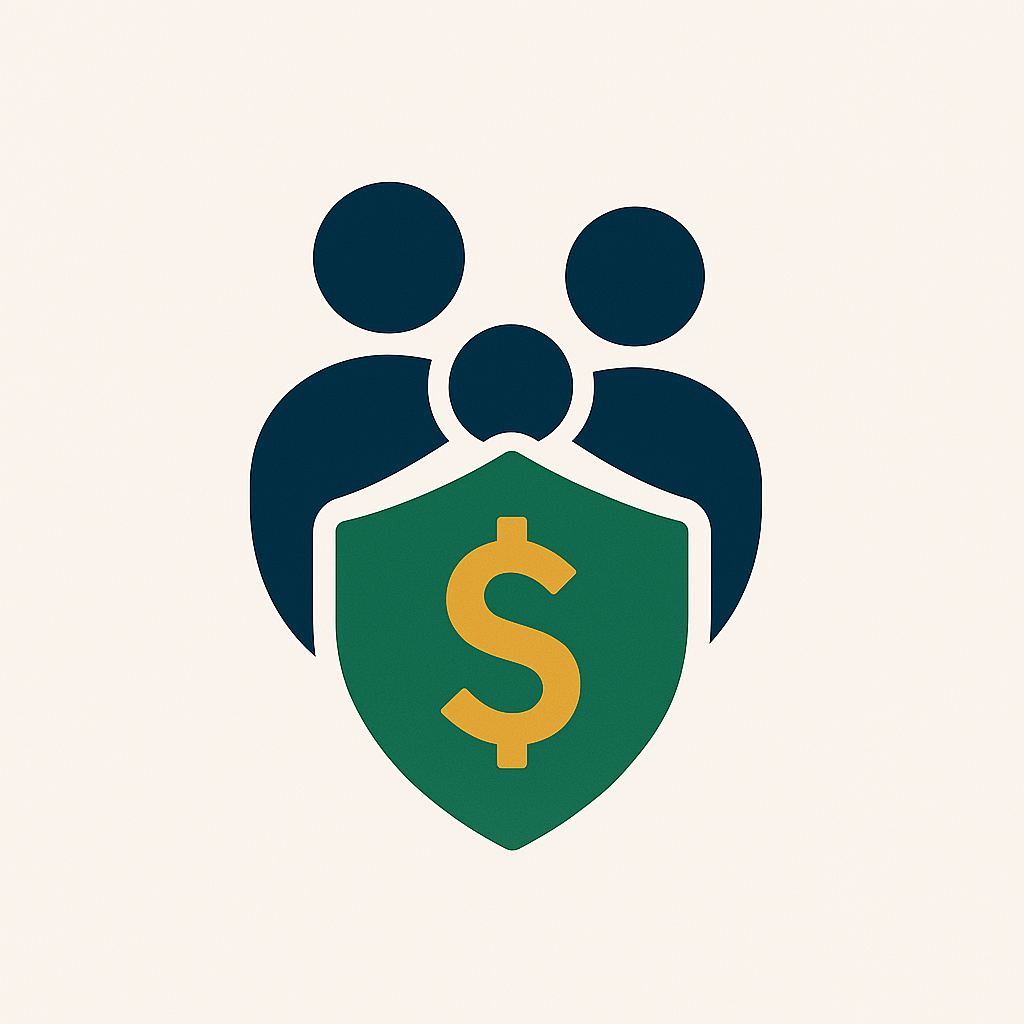10 Things To Stop Buying If You Want To Hit Your Financial Goals
Feeling overwhelmed by the rising cost of living? It can be easy to get caught up in the hype of the latest gadgets, hottest trends, and extravagant purchases. But before you succumb to the siren call of immediate gratification, consider this: focusing your energy on what truly matters – your financial health – is a key ingredient for achieving long-term financial security.
1. Subscriptions: Cancel the Cures
Subscriptions to streaming services, magazines, and other services can quickly drain your bank account. Research shows that Americans spend an average of $172 annually on subscriptions they rarely use.
Action: Evaluate your subscriptions and cancel those you don’t actively use. Consider switching to a subscription-only service for the things you truly enjoy.
2. Dining Out: Break the Cycle
Eating out is a popular social activity, but it can be a significant financial burden. According to a 2018 study, the average American spends $1,872 per year on dining out.
Action: Plan and cook your meals at home. Explore your local farmers’ market for fresh and affordable produce. Enjoy cooking classes or join a meal-sharing group to share the cost of cooking for a potluck-style meal.
3. Retail Therapy: Prioritize Savings
Retail therapy can lead to impulsive purchases and a cycle of debt. Before you reach for that latest gadget, consider whether it truly aligns with your long-term needs and goals.
Action: Create a savings plan and allocate a specific amount each month to your financial goals. Treat your savings like an investment, and avoid dipping into it for unnecessary purchases.
4. Gadgets and Consumer Electronics: Think Long-Term
Gadgets and consumer electronics can be exciting, but they’re not essential purchases. Before you buy the latest smartphone or tablet, consider the long-term value and potential upgrades for existing devices.
Action: Invest in high-quality, durable items that will last for years. Explore buying used or refurbished devices to save money.
5. Insurance Premiums: Protect Your Future
While insurance can be expensive, it can be a crucial safety net when unforeseen circumstances occur. Consider reviewing your insurance coverage and adjusting your policies to ensure you’re adequately protected against financial risks.
Action: Assess your coverage regularly and review your policy to ensure it still aligns with your needs. Consider additional insurance options like disability or life insurance.
6. Entertainment: Explore Alternative Activities
The constant pursuit of entertainment can be time-consuming and expensive. Instead of expensive movies and concerts, explore free or low-cost entertainment options like attending local events, reading, or hiking.
Action: Discover your local arts scene, attend free concerts in your neighborhood, or join a book club. Explore online resources for free educational and entertaining content.
7. Debt: Prioritize Management
Managing debt can be a daunting task, but it’s crucial for achieving financial stability. Focus on consolidating high-interest debt first, then prioritize paying off essential bills and credit card balances.
Action: Create a debt repayment plan and stick to it. Use cash-back or transfer apps to save on every dollar you spend. Explore debt consolidation options to lower interest rates.
8. Credit Scores: Know Your Worth
Your credit score is a key indicator of your financial stability and ability to borrow money. A good credit score can open doors to lower interest rates on loans and mortgages.
Action: Check your credit score regularly and take steps to improve it. Monitor your credit reports for any unauthorized activity and dispute any errors promptly.
9. Travel: Explore Smarter Options
The allure of exotic destinations can be tempting, but it can be expensive. Consider exploring more budget-friendly travel options like visiting nearby destinations, staying in hostels or Airbnbs, and opting for free activities and attractions.
Action: Research local travel deals and discounts online. Explore alternative accommodation options like apartments or vacation rentals. Plan your itinerary in advance to avoid overspending.
10. Clothing: Prioritize Quality Over Quantity
Fashionable clothing trends come and go quickly. Focus on investing in quality basics that will last longer. Choose versatile pieces that can be dressed up or down for various occasions.
Action: Shop for clothes made from durable fabrics like cotton, wool, or denim. Seek out timeless pieces that complement your wardrobe and can be passed down to your children.
By implementing these strategies, you can free up your resources to prioritize your financial goals. Remember, achieving financial stability is a journey, not a sprint. By making conscious choices and staying focused on your long-term objectives, you can eventually achieve financial freedom and reap the rewards of financial security.

Leave a Reply